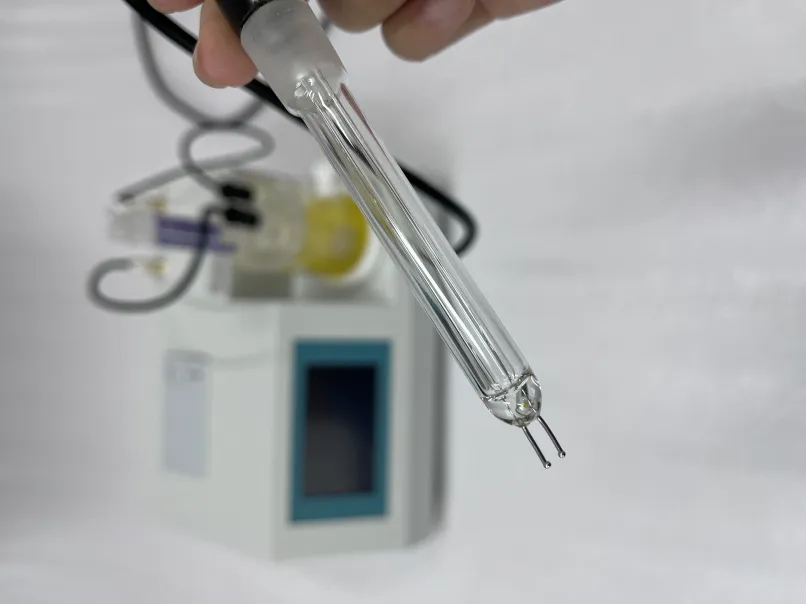 English
English



-
 Afrikaans
Afrikaans -
 Albanian
Albanian -
 Amharic
Amharic -
 Arabic
Arabic -
 Armenian
Armenian -
 Azerbaijani
Azerbaijani -
 Basque
Basque -
 Belarusian
Belarusian -
 Bengali
Bengali -
 Bosnian
Bosnian -
 Bulgarian
Bulgarian -
 Catalan
Catalan -
 Cebuano
Cebuano -
 China
China -
 China (Taiwan)
China (Taiwan) -
 Corsican
Corsican -
 Croatian
Croatian -
 Czech
Czech -
 Danish
Danish -
 Dutch
Dutch -
 English
English -
 Esperanto
Esperanto -
 Estonian
Estonian -
 Finnish
Finnish -
 French
French -
 Frisian
Frisian -
 Galician
Galician -
 Georgian
Georgian -
 German
German -
 Greek
Greek -
 Gujarati
Gujarati -
 Haitian Creole
Haitian Creole -
 hausa
hausa -
 hawaiian
hawaiian -
 Hebrew
Hebrew -
 Hindi
Hindi -
 Miao
Miao -
 Hungarian
Hungarian -
 Icelandic
Icelandic -
 igbo
igbo -
 Indonesian
Indonesian -
 irish
irish -
 Italian
Italian -
 Japanese
Japanese -
 Javanese
Javanese -
 Kannada
Kannada -
 kazakh
kazakh -
 Khmer
Khmer -
 Rwandese
Rwandese -
 Korean
Korean -
 Kurdish
Kurdish -
 Kyrgyz
Kyrgyz -
 Lao
Lao -
 Latin
Latin -
 Latvian
Latvian -
 Lithuanian
Lithuanian -
 Luxembourgish
Luxembourgish -
 Macedonian
Macedonian -
 Malgashi
Malgashi -
 Malay
Malay -
 Malayalam
Malayalam -
 Maltese
Maltese -
 Maori
Maori -
 Marathi
Marathi -
 Mongolian
Mongolian -
 Myanmar
Myanmar -
 Nepali
Nepali -
 Norwegian
Norwegian -
 Norwegian
Norwegian -
 Occitan
Occitan -
 Pashto
Pashto -
 Persian
Persian -
 Polish
Polish -
 Portuguese
Portuguese -
 Punjabi
Punjabi -
 Romanian
Romanian -
 Russian
Russian -
 Samoan
Samoan -
 Scottish Gaelic
Scottish Gaelic -
 Serbian
Serbian -
 Sesotho
Sesotho -
 Shona
Shona -
 Sindhi
Sindhi -
 Sinhala
Sinhala -
 Slovak
Slovak -
 Slovenian
Slovenian -
 Somali
Somali -
 Spanish
Spanish -
 Sundanese
Sundanese -
 Swahili
Swahili -
 Swedish
Swedish -
 Tagalog
Tagalog -
 Tajik
Tajik -
 Tamil
Tamil -
 Tatar
Tatar -
 Telugu
Telugu -
 Thai
Thai -
 Turkish
Turkish -
 Turkmen
Turkmen -
 Ukrainian
Ukrainian -
 Urdu
Urdu -
 Uighur
Uighur -
 Uzbek
Uzbek -
 Vietnamese
Vietnamese -
 Welsh
Welsh -
 Bantu
Bantu -
 Yiddish
Yiddish -
 Yoruba
Yoruba -
 Zulu
Zulu
direct current dynamo
Understanding Direct Current Dynamos
Direct current (DC) dynamos are pivotal devices in the field of electrical engineering, serving as one of the earliest forms of electrical generators. Essentially, a dynamo converts mechanical energy into electrical energy through electromagnetic induction. Through the ages, these machines have played an indispensable role in powering various applications, from early industrial machinery to modern electric systems.
Working Principle
The operational principle of a direct current dynamo is rooted in Faraday's law of electromagnetic induction, which states that a change in magnetic field within a closed loop induces an electromotive force (EMF) in the loop
. A typical DC dynamo consists of the following main components a rotor, a stator, and a commutator.The rotor, often termed the armature, is situated between the poles of a permanent magnet or an electromagnet that creates a magnetic field. As the rotor spins, it cuts through the magnetic lines of force, inducing a voltage across the armature windings. The stator, which houses the magnetic field-producing components, remains stationary. The commutator, a crucial part of the dynamo, rotates with the armature and serves to convert the alternating current generated in the armature windings into direct current. It does this by reversing the connection of the armature windings to the external circuit, ensuring that the output current flows in one direction.
Types and Applications
DC dynamos come in several configurations, typically classified based on their field winding arrangements separately excited, shunt wound, series wound, and compound wound. Each type has specific applications tailored to different power demands.
- Separately Excited Dynamos These are powered by an external source, providing stable voltage output, widely used in applications where precise control of voltage is required, such as laboratory experiments.
direct current dynamo

- Shunt Wound Dynamos In shunt wound dynamos, the field winding is connected in parallel with the armature winding. This arrangement allows for a relatively stable output voltage, making it suitable for applications like charging batteries or powering small motors.
- Series Wound Dynamos Here, the field winding is connected in series with the armature winding, which results in high starting torque. These are ideal for applications like electric traction systems, where high current is needed at startup.
- Compound Wound Dynamos These combine both series and shunt winding features, ideal for applications requiring varying loads, as they offer the benefits of both stability and high starting torque.
Advantages and Limitations
The unique benefits of DC dynamos include their simplicity, reliability, and ability to provide a stable voltage for various applications. However, they also come with limitations. The mechanical wear from the commutator makes maintenance necessary, and their ability to handle high power levels is limited compared to other types of generators, such as alternators.
Conclusion
Despite the rise of alternating current (AC) systems and other modern technologies, direct current dynamos remain relevant. They continue to be utilized in educational settings, small-scale power generation, and applications where reliable DC output is necessary. Understanding the principles and operation of DC dynamos is not only fundamental for students of electrical engineering but also provides insights into the evolution of electrical power generation that shapes the technological landscape today. As we move toward more sustainable energy systems, the lessons learned from the workings of DC dynamos will remain valuable for future innovations.
-
Testing Equipment Industry Sees Major Advancements in 2025: Smart & Precision Technologies Lead the WayNewsJun.06,2025
-
Applications of Direct Current Generators in Renewable Energy SystemsNewsJun.05,2025
-
Hipot Tester Calibration and Accuracy GuidelinesNewsJun.05,2025
-
Digital Circuit Breaker Analyzer Features and BenefitsNewsJun.05,2025
-
Benefits of Real-Time Power Quality Monitoring Devices for Industrial EfficiencyNewsJun.05,2025
-
Earth Fault Loop Testing in High-Rise Building Electrical SystemsNewsJun.05,2025



